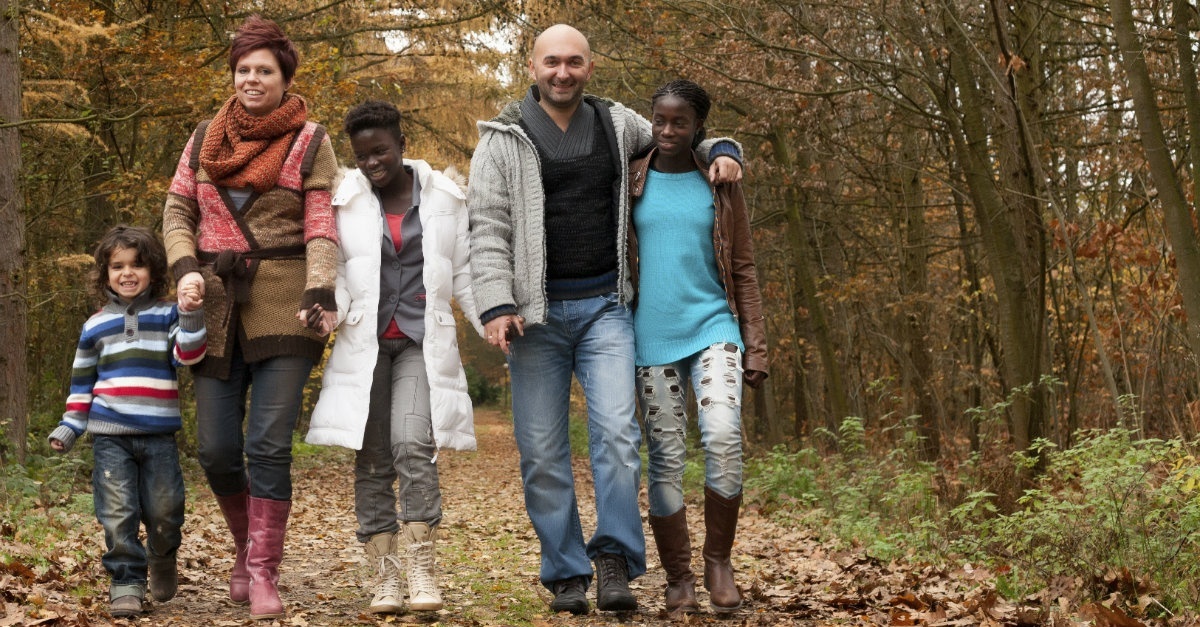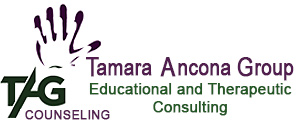 November is a month of giving thanks for the blessings in our lives, and one of the biggest blessings in life is family. Many families come together through adoption and November celebrates that with Adoption Awareness Month. Below is an article that blends our learning from the past with the knowledge of today’s research, providing us a broader perspective on adoption, written by Thomas Ahern, a former School Psychologist, and adoptee, who is Vice President of Marketing and Business Development at CALO – a residential therapeutic school in Missouri.
November is a month of giving thanks for the blessings in our lives, and one of the biggest blessings in life is family. Many families come together through adoption and November celebrates that with Adoption Awareness Month. Below is an article that blends our learning from the past with the knowledge of today’s research, providing us a broader perspective on adoption, written by Thomas Ahern, a former School Psychologist, and adoptee, who is Vice President of Marketing and Business Development at CALO – a residential therapeutic school in Missouri.
If adoption complications affect a loved one in your life, we invite you to reach out to Tamara Ancona, MA, LPC, at (678) 297-0708. Tamara can professionally assess your adopted teen or young adult’s situation and use her expertise and knowledge in guiding you to getting the best help.
A Briefing on Adoption
The past 30 years have seen major changes in infant adoption practices. Parents who adopted children born between 1940 and the early 1980s in the United States grew up in a world in which adoption agencies and the general public strongly believed that maintaining absolute secrecy and cutting off all connection with the child’s birth family were essential for protecting the child’s emotional well-being (Carp, 1998; Herman, 2008). By the 1960s, however, some adult adoptees and birth parents stepped forth from their shadows of shame to state publicly that the secrets and relinquishment designed to protect them had instead harmed them. Although some people continued to argue in favor of traditional confidential adoption practices, a large body of literature began to document the deleterious impacts of secrecy and cutoffs in adoption practices developed (Hollinger, Baran, Pannor, Appell, & Modell, 2004; Rosenberg & Groze, 1997). As a result, by the 1970s some agencies began to experiment with offering expectant parents who were considering adoption the opportunity to meet their baby’s prospective adoptive parents. Today, although some remain skeptical about the feasibility of open adoption (Brown, Ryan, & Pushkal, 2008), adoptions in which biological and adoptive parents exchange identifying information and have some form of contact with each other are the norm (Vandivere, Malm, & Radel, 2009). This is a change from the days when confidential adoption was the only option available and biological and adoptive parents had no choice but to accept total secrecy, anonymity, and separation, regardless of whether this was what they wanted for themselves or their child.
Today’s open adoptions vary widely. Some involve minimal disclosure of identifying information exchanged through an intermediary (typically an agency or attorney). Others include full disclosure of all identifying information and ongoing contact via face-to-face visits (Grotevant & McRoy, 1998).
The array of options between these two ends of the continuum is vast. These changes in adoption practices have paralleled changes in the larger society. Single parenthood has lost much of its former stigma, and children born outside of marriage are no longer labeled “bastards” or “illegitimate” (Collins, 2009). In addition, science has amply demonstrated the lifesaving importance of knowing one’s genetic heritage to prevent and cure diseases.
In fact, a growing body of literature suggests that any child separated from its birthmother can have a traumatic effect. For some people, this is old news (“The Primal Wound” 1993.) To some, it’s a startlingly new concept. The mainstream view is that adoption is a happy event: a child needing a family gets one. How, then, is adoption a trauma? Scientific research now reveals that as early as the second trimester, the human fetus is capable of auditory processing and in fact, is capable of processing rejection in utero. In addition to the rejection and abandonment felt by the newborn adoptee or any age adoptee for that matter, it must be recognized that the far greater trauma often times occurs in the way in which the mind and body system of the newborn is incapable of processing the loss of the biological figure. Far beyond any cognitive awareness, this experience is stored deep within the cells of the body, routinely leading to states of anxiety and depression for the adopted child later in life. This trauma can affect children’s brains, bodies, behavior, and ways of thinking. Ongoing trauma often disrupts children’s sense of security, safety, and sense of themselves and alters the way they see and respond to people and situations in their lives.
Most adoptees heal just fine from the trauma of separation, but some struggle with trust issues throughout their lives, and have a hard time beginning or ending relationships. Some are challenged with depression, anxiety, and more, throughout their lives. There is a spectrum of resilience among adopted people, and no doubt among first parents. It will take time, patience, and often therapeutic support to address and overcome them. As the Child Welfare Information Gateway fact sheet, Parenting a Child Who Has Experienced Trauma, states: “Parenting a child who has experienced trauma may require a shift from seeing a ‘bad kid’ to a kid who has had bad things happen to him.”
Effect of trauma on brain development
A recent and growing body of research into children’s brain development is shedding new light on the ways that early adverse experiences including adoption changes the structure and chemical activity of the brain and the resulting emotional and behavioral functioning of the child. Research is shifting the way that professionals view and treat children who have experienced trauma by providing biological explanations for what had traditionally been described in psychological, emotional, and behavioral terms.
How can a parent help a child recover and heal?
Experienced professionals and adoptive parents have shared the following tips about supporting a child who has experienced relinquishment trauma:
- Be patient and consistent and do not take children’s behavior personally. Behavior modification techniques are only minimally effective.
- A more effective, but counter institutive approach is to use empathy, understanding and compassion to help heal the shame that goes along with relinquishment.
- Do not to expect to learn upfront about all the trauma the child or youth has experienced. Some of the trauma’s effects may not become apparent for months or even years and most of it is preverbal and doesn’t respond well to verbal based interventions.
- Never be afraid to reach out for help and advice from others. Parent support groups can be a great source of information.
- Work hard to understand the trauma and how the trauma affects your child. Not all cases are text book, but doing your research can definitely help.
- Utilize and seek out community resources. Training may be available through hospitals, school programs, therapeutic, and private agencies.
- Take the long view. The trauma didn’t happen overnight and the healing won’t either.
World Adoption Day is Tuesday, November 15th. A positive movement to celebrate if you have been impacted by adoption typically celebrated by;
- Drawing a smiley face on your hand.
- Taking a photo of yourself and loved ones with the smiley face palm.
- Upload the photo to social media using the hashtag#worldadoptionday.
National Adoption day is Saturday the 19th. To learn more go to; http://www.nationaladoptionday.org/
Primarily focused on children in Foster Care in need of a family.
National Adoption Day is affiliated/sponsored by the Dave Thomas Foundation.
